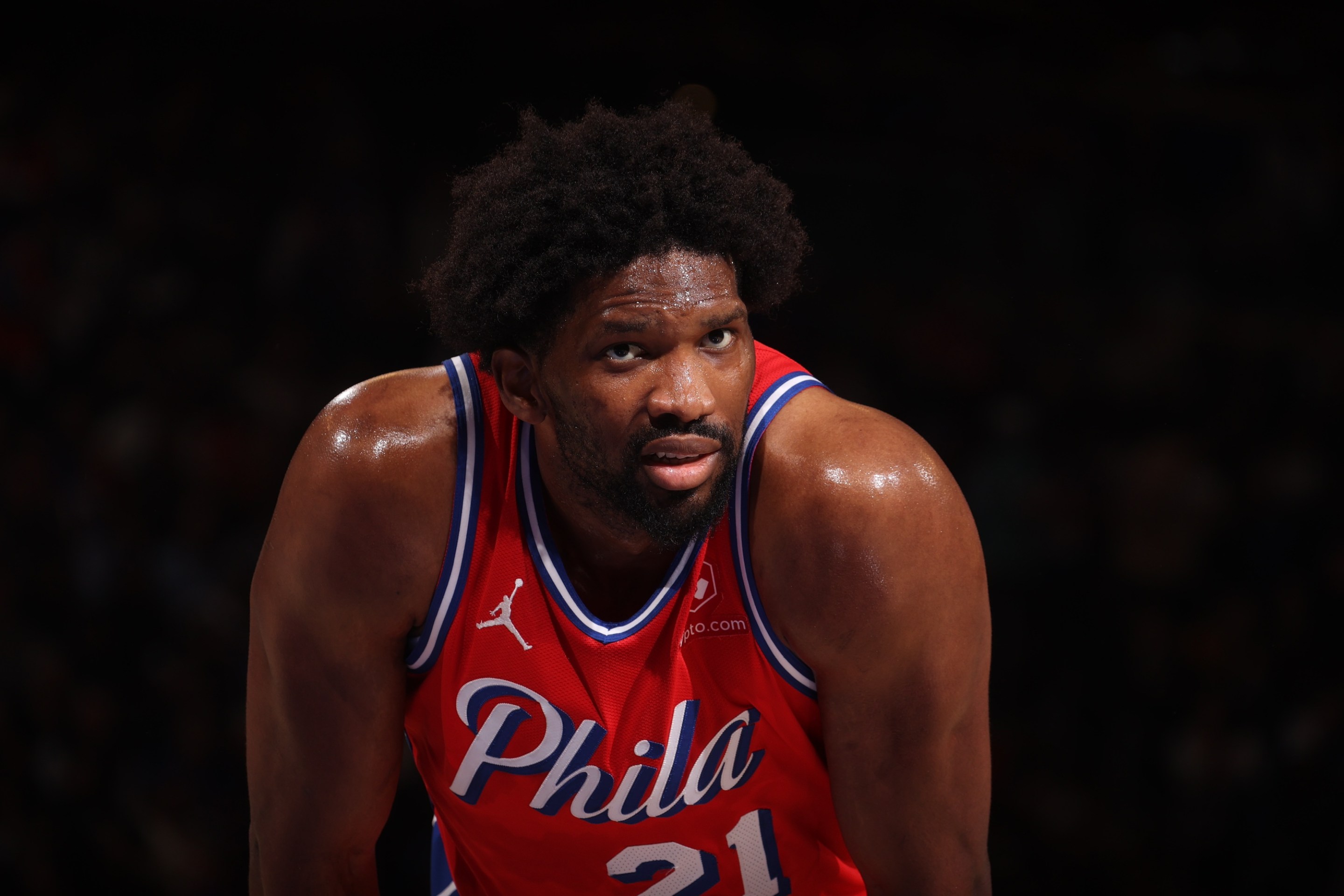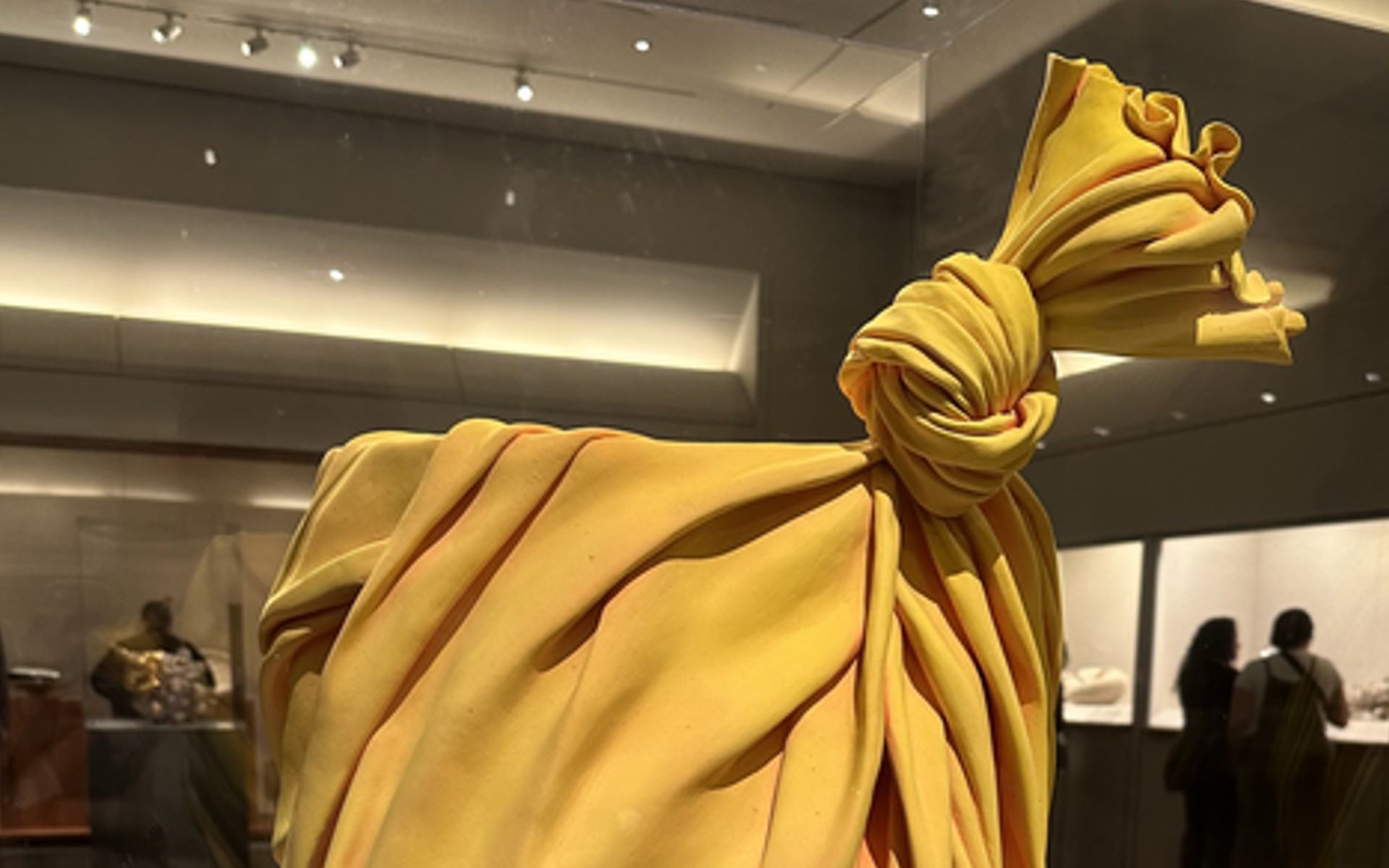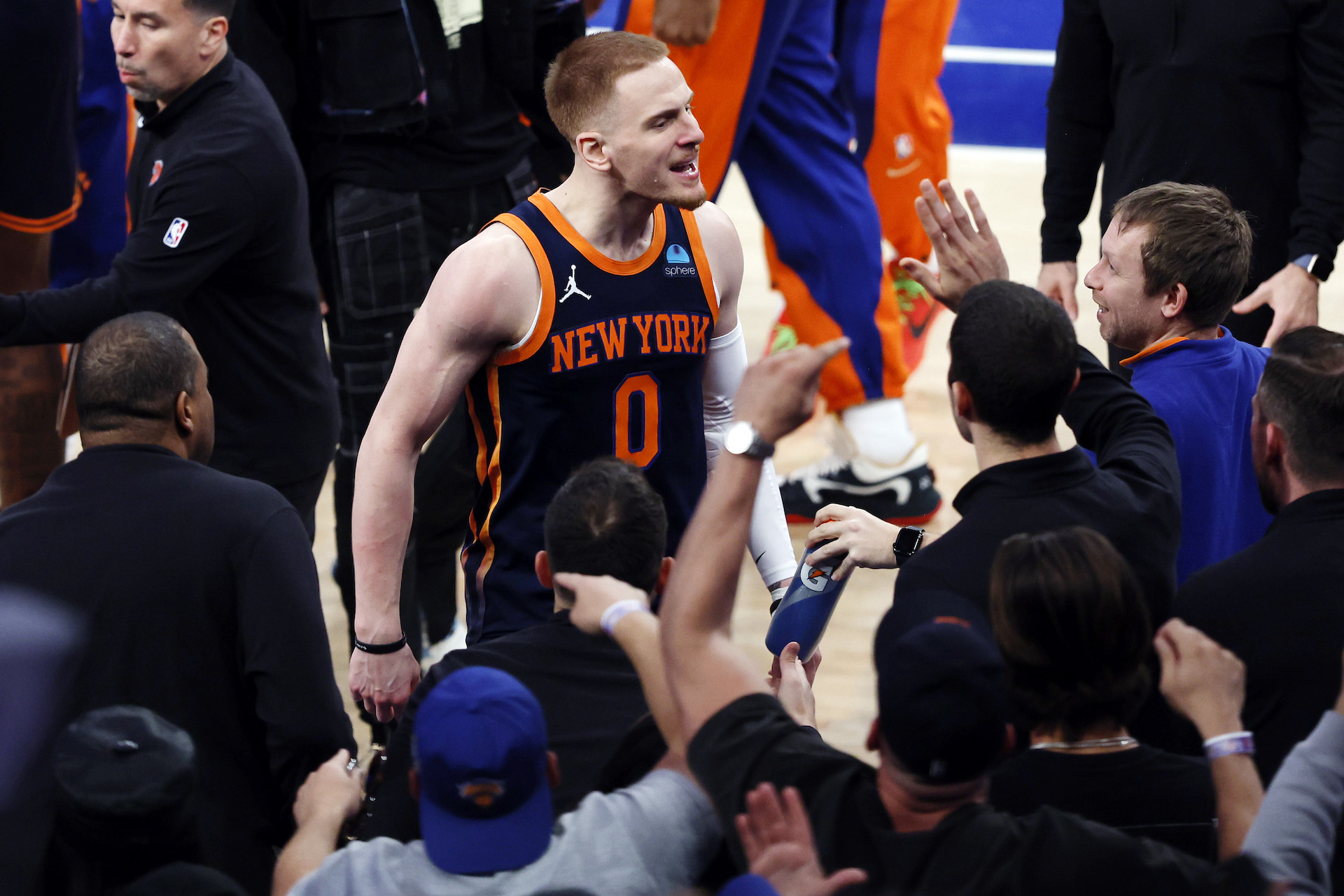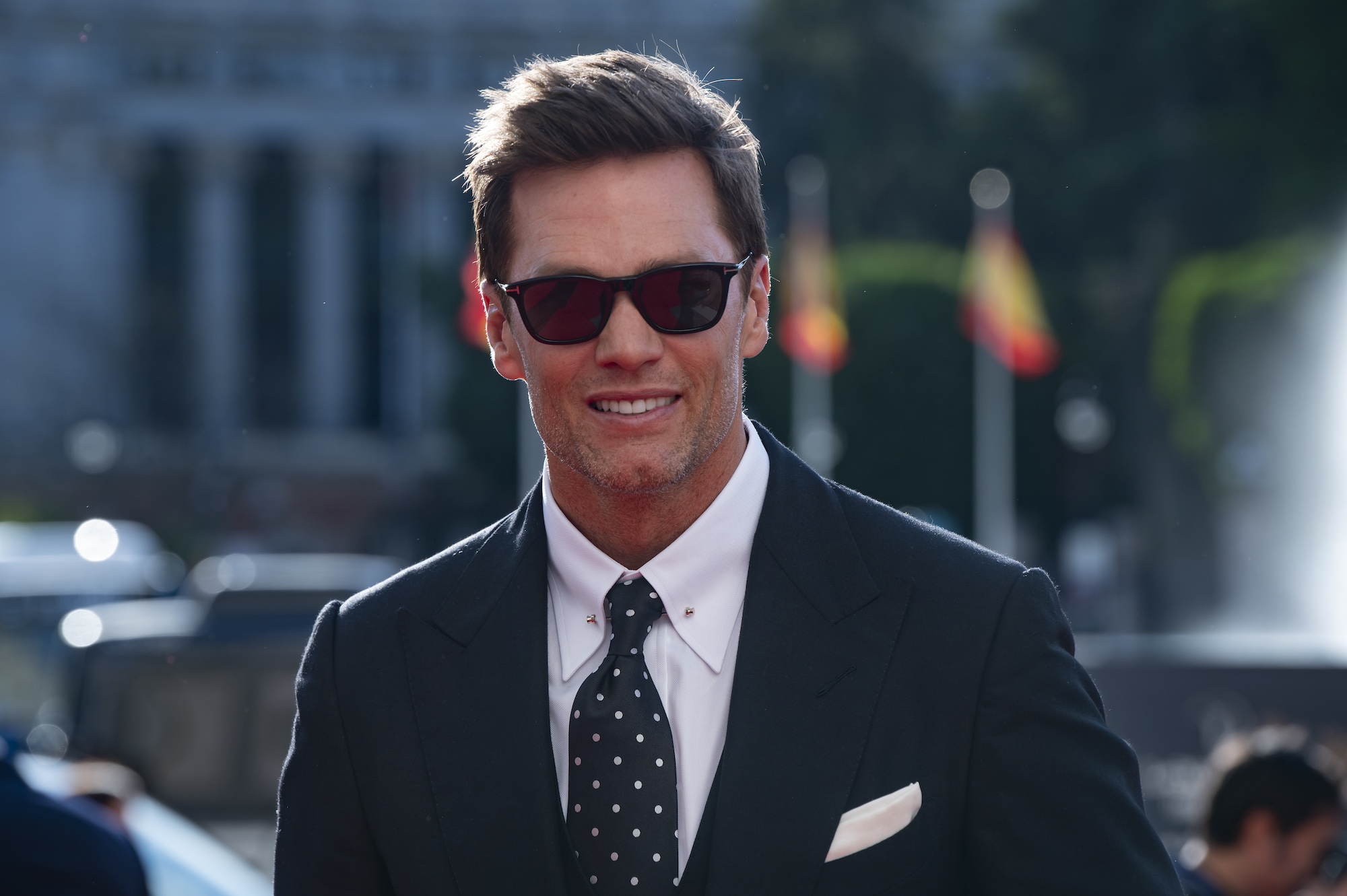The Man Who Captured The Hand Of God Has Been Erased From History
11:50 AM EST on January 14, 2021
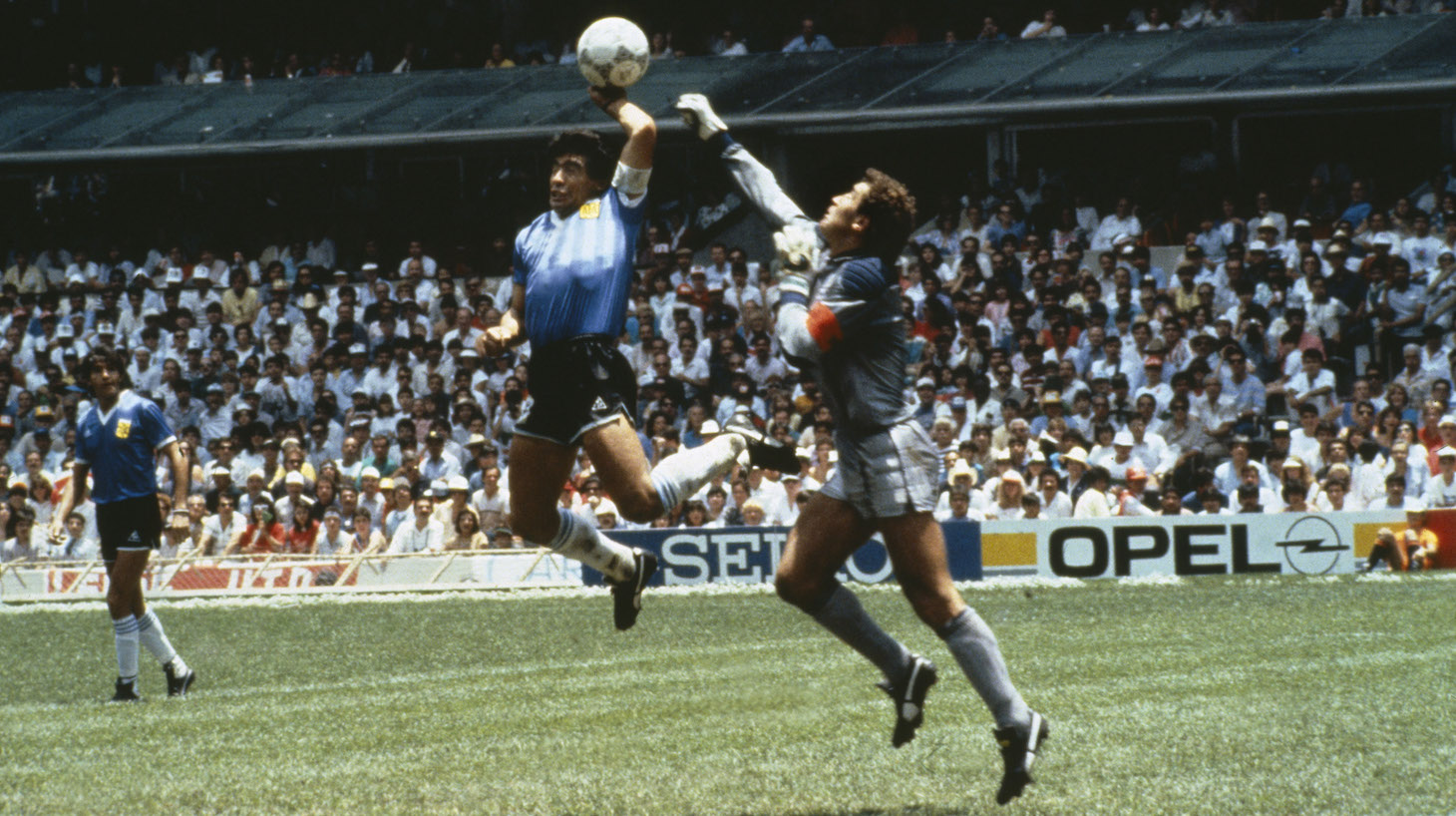
When Diego Armando Maradona died of a heart attack in November at the age of 60, newspapers around the world delighted in recounting the fabled moments of his storied career, and none more than the legendary goal-thievery that he pulled off in the quarterfinals of the 1986 World Cup in Mexico.
The play happened early in the second half of a scoreless draw versus England. Under a blazing noontime sun, Maradona leaped high to beat onrushing goalkeeper Peter Shilton for a ball in front of the net. The 5-foot-5 Maradona couldn’t jump high enough to head the ball, so he improvised mid-leap and not so stealthily steered the ball into the goal with his left hand.
Today, with the benefit of video replay technology, the penalty would have been obvious and the goal waved off. But neither the referee nor the linesman witnessed the sleight of hand, and the tally stood. Maradona scored again several minutes later, this one after a legitimately dazzling run, and Argentina downed England, 2-1.
Argentina went on to beat West Germany in the finals to win their second World Cup in an eight-year span. But coming just four years after suffering ignominious defeat in the Falklands War, Argentines will forever remember their conquest of England at Estadio Azteca as the most satisfying triumph.
Every obituary about Maradona featured the “Hand of God” incident, so called because he later ascribed the goal to “un poco con la cabeza de Maradona y otro poco con la mano de Dios” (“a little with the head of Maradona and a little with the hand of God”). Many of the obituaries, including the one that ran in The New York Times, were accompanied by the only known photograph that definitively showed Maradona’s hand connecting with the ball.
The photo credit in the Times obit reads: “Bob Thomas/Getty Images,” and most in the industry naturally assume Thomas took the famous photograph. That is as illusory as the legitimacy of the goal itself. In fact, Alejandro Ojeda Carbajal snapped the image for a Mexico City newspaper.
How a Mexican photojournalist had his name wiped from his singular accomplishment —and how this iconic photograph ended up in the vast archives of Getty Images—is perhaps as confounding as how Maradona got away with a flagrant hand ball in front of 114,580 spectators and a worldwide television audience in the hundreds of millions.
Colombia was the original choice to host the 1986 World Cup. But ravaged by political strife and financial uncertainty, not to mention the ascendancy of the Medellín Cartel, Colombia bowed out as host four years before the opening kickoff. Stated President Belisario Betancur: “We have a lot of things to do here, and there is not enough time to attend to the extravagances of FIFA and its members.”
Canada, Mexico, Brazil, and the U.S. jostled to replace Colombia, with former Secretary of State (and New York Cosmos resident jock-sniffer) Henry Kissinger serving as the public face of the American bid. FIFA tabbed Mexico, which had hosted the 1970 tournament. “The politics of soccer make me nostalgic for the politics of the Middle East,” Kissinger moaned. (In 1988, building on lessons learned during the bid process, the U.S. won the right to host the 1994 World Cup.)
Not so much a football match as an international incident."
Much of Mexico City still lay in ruins following a devastating earthquake when Diego Maradona arrived for the 1986 World Cup. Stocky and diminutive, with preternatural ball-handling skills, the face of international soccer hailed from the unpaved streets of Villa Fiorito, a slum on the outskirts of Buenos Aires. He was shattered to be left off the Argentina squad that captured the 1978 World Cup; instead, he led his country to the Under-20 World Cup title. He moved on to lucrative paydays in Europe, helping FC Barcelona win the Copa del Rey and the Spanish Super Cup before joining Napoli in Italy’s Serie A in a record transfer deal.
At Maradona’s first World Cup, in Spain in 1982, Argentina was eliminated in the second round. There, Allsport staff photographer Steve Powell captured an unforgettable picture of Maradona as he seemingly took on six wary defenders from Belgium. It was actually a mundane moment in the match, but taken from Powell’s viewpoint—high in the stands and behind the action—the scene implied that Maradona’s opponents required half the team to contain him.
Four years later, with the 25-year-old Maradona hitting his prime, Argentina began group play with a 3-1 victory over South Korea. A 1-1 draw with defending champ Italy followed, with Maradona scoring the lone goal, before they put away Bulgaria, 2-0. Argentina then beat Uruguay, 2-1, to reach the quarterfinals.
England lost to Portugal in their opener and were held to a scoreless draw with Morocco. A hat trick from Gary Lineker, playing with a broken wrist, allowed them to defeat Poland and advance to the knockout round. Lineker added two more goals as England downed Paraguay to qualify for the quarterfinals.
Argentina-England was the match that everyone—soccer fans on every continent, media, TV executives, and FIFA officials—wanted to see. The two countries were locked in a long-simmering dispute over the sovereignty of the Falkland Islands, located in the Atlantic Ocean approximately 350 miles off the southeastern tip of South America. Britain originally claimed the sparsely populated Falklands as a colony back in 1833. Argentina believed that the territory known as Islas Malvinas belonged to it.
In the spring of 1982, as Maradona and his teammates were preparing for the World Cup in Spain, Argentina’s military regime had launched an invasion of the Falklands. The British responded with a naval task force sent by Prime Minister Margaret Thatcher and, after several weeks of fighting, forced the Argentines to surrender. England’s victory boosted Thatcher’s popularity while leading to the ouster of Argentina’s junta.
Soccer itself was a sensitive subject. British sailors and expats had introduced the game to Argentina in the 19th century. Years later, at the 1966 World Cup in England, the home team downed Argentina in a quarterfinal match that featured the controversial ejection of Argentinian captain Antonio Rattin in the first half. Afterward, England manager Alf Ramsey refused to allow his players to swap jerseys with their opponents, whom he described as “animals.” (Perhaps he was referring to reports of an Argentinian player urinating in the tunnel at Wembley.) What Argentina called “el robo del siglo” (“the robbery of the century”) was, according to journalist Hugh McIlvanney, “not so much a football match as an international incident.”
On June 22, 1986, when Argentina and England squared off at Estadio Azteca, fans from both nations sparred in the stands. “‘IT'S WAR, SEÑOR!’ headlined The Sun, the notorious London tabloid,” according to Sports Illustrated reporter Clive Gammon, “and ‘WE PLAY AGAINST THE PIRATES’ thundered the equally notorious Crónica of Buenos Aires.”
After a scoreless first half, the sequence that yielded the “Hand of God” built slowly. Maradona received the ball on the left side of the field, just past the midfield line. He drove toward the center, evading would-be tacklers, before he flicked the ball to teammate Jorge Valdano at the edge of the penalty area.
Valdano tried to control the pass only to have midfielder Steve Hodge intercede and send a high arching pass back toward Shilton. For an instant it looked like England would escape the attack unscathed, but suddenly there was Maradona, alertly and relentlessly tracking the looping ball while leaving behind a trail of defenders.
Maradona jumped for the ball in Mexico City’s thin air while Shilton leaped forward to punch it away. As the two converged, Maradona made as if he was heading the ball, but he was actually directing the ball with his left hand beyond the reach of the hapless Shilton. The ball bounced once on the green turf and dropped into the goal.
Maradona immediately sold the goal as legitimate. He raced toward the stands and, springing high, threw his right fist in jubilation. Meanwhile, Shilton and his teammates converged on referee Ali Bin Nasser to argue their case.
Trailing the play and screened from the action, Bin Nasser couldn’t clearly see the penalty. The linesman with the best view of the incident, Bogdan Dotchev, somehow didn’t flag the handball. In an era well before VAR, the unlikely and illegal goal stood. Argentina 1, England 0.
Minutes later, Maradona put an exclamation point on the afternoon. Taking off from behind the midfield stripe, he weaved through England at full tilt. He finished his breathtaking, 55-meter run by feinting Shilton out of position and then striking the ball into the net, this time legally and with his left foot. FIFA later adjudged it the “Goal of the Century.”
Here’s the commentary from Uruguayan play-by-play announcer Victor Hugo Morales (as translated in Sam Markham’s story for Howler):
“Gooooooooooal! Gooooooooooal! I want to cry! Dear God! Long live football! Gooooooooooal! Diegoal! Maradona! It’s enough to make you cry, forgive me. Maradona, in an unforgettable run, in the play of all time. Cosmic kite! What planet are you from? Leaving in your wake so many Englishmen, so that the whole country is a clenched fist shouting for Argentina? Argentina 2, England 0. Diegoal, Diegoal, Diego Armando Maradona. Thank you, God, for football, for Maradona, for these tears, for this, Argentina 2, England 0.”
The two goals scored in four minutes would define Maradona’s tumultuous life on and off the field. He was a magician and a miscreant, a wayward wizard and a bad-boy genius. And, after Argentina defeated Belgium in the semifinals (with Maradona again scoring twice in the second half) and West Germany in the finals (with Maradona delivering the key assist on the game-winner as time was winding down), No. 10 was a national hero and soccer’s biggest star since Pelé. He capped off his extraordinary campaign by leading Napoli to their first Serie A title.
“It wasn’t just a World Cup win for Argentina,” wrote Juan Manuel Rótulo shortly after Maradona’s death. “When he led a coup against Margaret Thatcher’s England, which killed our soldiers four years earlier in the Falklands War, he gave us the best (and probably the only) payback we could get as a nation. One hero to mend the open wound of millions. I would have been perfectly happy winning with a couple of average goals. But Maradona first gave the English a wet willy, and then he showed them—the creators of modern soccer—how it’s done."
Alejandro Ojeda Carbajal was a middle-aged professional photographer who worked for Mexico’s public healthcare system. He also often covered sports events for El Heraldo de México newspaper, including the 1968 Mexico City Olympics, the 1970 World Cup, as well as World Cups in Germany (1974) and Argentina (1978).
For Ojeda and the small army of international photographers covering the 1986 World Cup, turf position was all-important. Many photographers wanted to be behind Shilton for the second half, so as to focus on Argentina’s attack. British photographers preferred the opposite side, the better to capture a potential game-winner by an English striker.
After halftime at Estadio Azteca, Ojeda was positioned amid the scrum of photographers behind the goal area defended by England, off to the left side. Soon enough, as Hodge’s back pass headed toward Shilton, Ojeda was in the right spot at the right time with the right angle. He had a heartbeat to shoot the climactic pas de deux.
Following the match, as Maradona and Hodge exchanged sweaty jerseys, Ojeda raced back to the newspaper offices. In the film era, well before professional photographers switched to digital cameras, he had to process the Ektachrome color slide film in the darkroom and then make prints in order to examine what he’d shot.
According to one Spanish-language account, Ojeda was initially more interested in his images of Maradona’s celebration. It was only after being prodded by another photographer that he noticed “La Mano de Dios” among the transparencies.
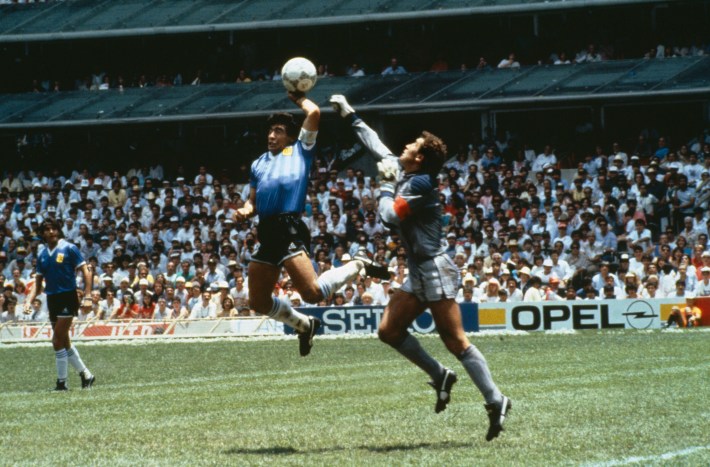
It was a stunning revelation: the definitive image from the definitive angle. In one frame, he exposed Maradona’s underhanded (or perhaps overhanded?) chicanery and Shilton’s futile effort, the two men captured in an improvised mid-air tango, the fans in the distant stands and the expanse of green turf providing a prosaic and colorful tableau.
“This is the sort of picture sports photographers dream of capturing,” noted Mark Leech, managing director of Offside Sports Photography.
Ojeda’s picture was featured on the front page of the newspaper. He didn’t realize it, but his was the only photograph that perfectly captured the exact moment when Maradona punched the ball. Another photographer snapped the play from an elevated spot behind the action, a viewpoint that lacked the full-frontal impact of Ojeda’s. Argentinian photojournalist Eduardo Longoni enjoyed a similar vantage point as Ojeda, but his striking black-and-white image shows the split second before Maradona hit the ball. A color photo credited to German photographer Lutz Bongarts also just missed the climactic moment.
British photographer Bob Thomas also shot the Argentina-England match. In the chaotic aftermath of covering such a far-flung event, and as different photos of the incident surfaced, he immediately recognized the significance of Ojeda’s photo—and its financial potential.
Intellectual property,” Getty once said, “is the oil of the 21st century.”
Thomas had left school in 1975 and, unable to find work, pursued his passion of photography, according to a promotional pamphlet that he once distributed. By 1981, he was doing well enough to hire other photographers to help him cover soccer, rugby, golf, tennis, and cricket, and to service the insatiable publishing industry along London’s Fleet Street. He expanded his reach by purchasing the Popperfoto archives, founded by Czech photojournalist Paul Popper in 1934. Thomas marketed his company’s offerings by noting that he wanted to amass “a more complete library of high quality photographs.”
The story of how Thomas obtained Ojeda’s image has taken on mythic proportions among former colleagues, with conflicting details. According to one photographer, Thomas went to El Heraldo’s offices and purchased Ojeda’s photograph for the sum of either £5,000 or £10,000 pounds (or perhaps dollars). Another claimed that the newspaper didn’t want any payment; instead, Thomas was apparently granted permission to make a duplicate of the original slide and sell copies from the copy, so long as both Ojeda and El Heraldo were credited in the caption.
No matter the circumstances, all agreed that Thomas left Mexico City possessing the ultimate “Hand of God” image. Every photographer I contacted for this story commented that Thomas has made a tidy fortune by licensing the fabled image while enhancing the value of his eponymous agency.
I was curious about the details of the deal. How much money (if any) did Thomas pay for “Hand of God”? Did he sign a contract with El Heraldo that granted him intellectual property rights or was this a handshake arrangement? Was he supposed to pay future royalties to the paper? And, what about the credit: Were Ojeda and the newspaper to receive proper attribution?
Ojeda himself died in 1999. Accounts about his role shooting “Hand of God” have appeared in Spanish-language blogs and newspapers. This article, which mentions that Ojeda reportedly turned down a lucrative offer from BBC for the image, shows Ojeda holding his award-winning photo.
The original El Heraldo de México newspaper disappeared after being folded into another publication before it was re-launched a few years ago. Emails to staff at the current El Heraldo were not answered.
Bob Thomas is now retired and lives in England. According to several photojournalists I contacted, he is extremely sensitive about the topic of who shot “Hand of God” and how he came to own the rights. Through a media contact in England, he declined my interview request. I left him a message on his cell phone, but he did not return my call.
At some point—Getty wouldn’t tell me when—Thomas contracted with Getty Images to represent and distribute his archive, presumably with a royalty split. “Hand of God” is now available for licensing on Getty’s website; the large-sized, digital version is available for $499 per use. (Unlike the vast majority of Getty’s archive, the image is not available as part of the basic Getty subscription. That means Defector, a Getty client, paid the $499 for its inclusion in this story.)
The credit, which media outlets must use when publishing the photos, reads variously as “Bob Thomas/Contributor” and “Photo by Bob Thomas Sports Photography via Getty Images.”
It’s true that in the not-so-recent past individual photo credits were applied less rigorously. Photographers at large and small agencies alike often labored anonymously. Today, the original creator of the work is almost always credited, no matter who controls the copyright. Take Steve Powell’s remarkable photo of Maradona at the 1982 World Cup. Getty Images now owns that image after the company took over the Allsport photo agency in 1998. The credit on Getty’s website for that photo reads: “Steve Powell/Allsport.” (It, too, can be licensed for $499.)
I contacted Getty Images, which was founded in 1985 by Mark Getty, a grandson of billionaire J. Paul Getty, and South African-born businessman Jonathan Klein. By acquiring archives and making licensing deals, by employing top staff photographers, and by aggressively embracing digitization, Getty has grown into a multi-billion-dollar global behemoth that supplies editorial, stock, and historic photos to corporate, advertising, and media clients. “Intellectual property,” Mark Getty once told The Economist, “is the oil of the 21st century.”
The Seattle-based company has gone through various ownership incarnations. Private equity companies controlled the archive from 2008 until 2019, when the Getty family acquired majority interest. Between Getty Images and istock.com, the company boasts of having over 400 million “assets.”
Because the company is privately held, Getty provided scant details about its arrangements, financial and otherwise, regarding Thomas and “Hand of God.” Getty also declined to put me in touch with Thomas.
Asked why Ojeda does not receive credit for “Hand of God,” Getty replied: “Getty Images uses credit information provided with the photograph by the image partner.” Translation: Thomas has taken credit for one of soccer’s most famous photographs, even though he simply purchased it.
Maradona never regained his World Cup mojo after Mexico City. In 1990, Argentina lost to West Germany in a finals rematch, 1-0. Four years later, in the U.S., Maradona was sent home after testing positive for a banned stimulant. His stint coaching the Lionel Messi–led Argentina squad in 2010 ended with a quarterfinal defeat to Germany.
His skullduggery in Mexico City will be remembered forever, thanks in no small part to the handiwork of the many photographers who bore witness. But credit where credit is due: It was Alejandro Ojeda Carbajal who captured the decisive moment, despite the efforts of some to leave his name on the darkroom floor.
If you liked this blog, please share it! Your referrals help Defector reach new readers, and those new readers always get a few free blogs before encountering our paywall.
Stay in touch
Sign up for our free newsletter

